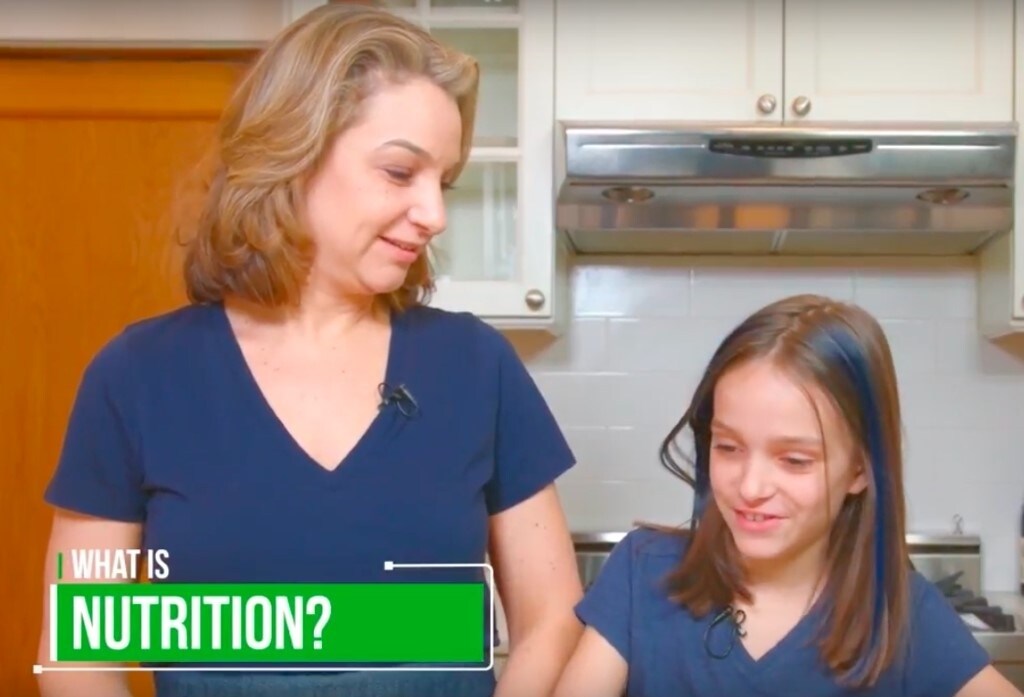4. Sizer F, Whitney E: Nutrition: Concepts and Controversies, 10th Edition. Thomson Wadsworth, 2006, pp 245-249.
5. Cashman M, Sloan S: Nutrition and nail disease. Clinical Dermatology 2010;28:420-425.
6. Szyszkowska B, Lepecka-Klusek C, Kozlowicz K, et al: The influence of selected ingredients of dietary supplements on skin condition. Postepy Dermatologii ii Alergologii. 2014;31:174-181.
7. Bolander F: Vitamins: Not just for enzymes. Current Opinion in Investigative Drugs 2006;7:912-915.
8. Scheinfeld N, Dahdah M, Scher R: Vitamins and minerals: Their role in nail health and disease. Journal of Drugs in Dermatology 2007;6:782-787.
9. Mangla A, Agarwal N, Yu J, et al: Spooning of the nails and webbing of the esophagus. Clinical Case Reports 2015;3:1054-1055.
10. VERIS: The role of antioxidants in skin care and protection. VERIS 1997;May:1-6.
11. Futoryan T, Gilchrest B: Retinoids and the skin. Nutrition Reviews 1994:299-310.
12. Boelsma E, Hendrikz H, Rosa L: Nutritional skin care: health effects of micronutrients and fatty acids. American Journal of Clinical Nutrition 2001;73:853-864.
13. Hodges R: How nutrition affects the skin. The Professional Nutritionist. 1979;Fall:1-5.
14. Ryan A, Goldsmith L: Nutrition and the skin. Clinical Dermatology 1996;14:389-406.
15. Hurrell R, Reddy M, Cook J: Inhibition of non-haem iron absorption in man by polyphenolic-containing beverages. British Journal of Nutrition 1999;81:289-295.
16. Chew E, Clemons T, Agron E, et al: Long-term effects of vitamins E and E, beta carotene, and zinc on age-related macular degeneration: AREDS report no. 35. Ophthalmology 2013;120:1604-1611.
17. Chew E: Nutrition effects on ocular disease in the aging eye. Investigative Ophthalmology & Visual Science 2013;54:(14):ORSF42-7.
18. Chiu C, Change M, Zhang F, et al: The relationship of major American dietary patterns to age-related macular degeneration. American Journal of Ophthalmology 2014;158:118-127.
19. Cohen S, Mauget-Faysse M, Oubraham H, et al: Impact of eating habits on macular pathology assessed by macular pigment optical density measure. Journal of French Ophthalmology 2010;33:234-240.
20. Cui Y, Jing C, Pan H: Association of blood antioxidants and vitamins with risk of age-related cataract. American Journal of Clinical Nutrition 2013;July 10th.
21. Aslam T, Delcourt C, Silva R, et al: Micronutrients in age-related macular degeneration. Ophthalmologica 2013;229:75-79.
22. Marshall L, Roach J: Prevention and treatment of age-related macular degeneration. The Consultant Pharmacists 2013;28:723-737.
23. Pastor-Valero M: Fruit and vegetable intake and vitamins C and E are associated with a reduced prevalence of cataracts in a Spanish Mediterranean population. BMC Ophthalmology 2013;13:52. http://www.ncbi.nlm.nih.gov/pubmed/24106773
24. Pinazo-Duran M, Gomex-Ulla F, Arias L, et al: Do nutritional supplements have a role in age macular degeneration prevention? Journal of Ophthalmology 2014;2014:901686.
25. Rasmussen H, Johnson E: Nutrients for the aging eye. Clinical Interventions in Aging 2013;8:741-748.
26. The Age-Related Eye Disease Study 2 Research Group: Lutein + zeaxanthin and omega-3 fatty acids for age-related macular degeneration. Journal of the American Medical Association 2013;309:2005-2015.
27. Arnold C, Winter L, Frohlich K, et al: Macular xanthophylls and omega-3 long-chain polyunsaturated fatty acids in age-related macular degeneration. Journal of the American Medical Association: Ophthalmology 2013;March 21:1-9.
28. Dawczynski J, Jentsch S, Schweitzer D, et al: Long term effects of lutein, zeaxanthin and omega-3-LCPUFAs supplementation on optical density of macular pigment in AMD patients: The LUTEGA study. Archives of Clinical and Experimental Ophthalmology 2013;251:2711-2723.
29. Garcia-Layana A, Recalde S, Alaman A, et al: Effects of lutein and docosahexaenoic acid supplementation on macular pigment optical density in a randomized controlled trial. Nutrients 2013;5:543-551.
30. Johnson E: A possible role of lutein and zeaxanthin in cognitive function in the elderly. American Journal of Clinical Nutrition 2012;96:1161S-1165S.
31. Johnson E, Maras J, Rasmussen H, et al: Intake of lutein and zeaxanthin differ with age, sex, and ethnicity. Journal of the American Dietetic Association 2010;110:1357-1362.
32. Murray I, Makridaki M, van der Veen R, et al: Lutein supplementation over a one-year period in early AMD might have a mild beneficial effect on visual acuity. Investigative Ophthalmology and Visual Science 2013;54:1781-1788.
33. Loskutova E, Nolan J, Howard A, et al: Macular pigment and its contribution to vision. Nutrients 2013;5:1962-1969.










